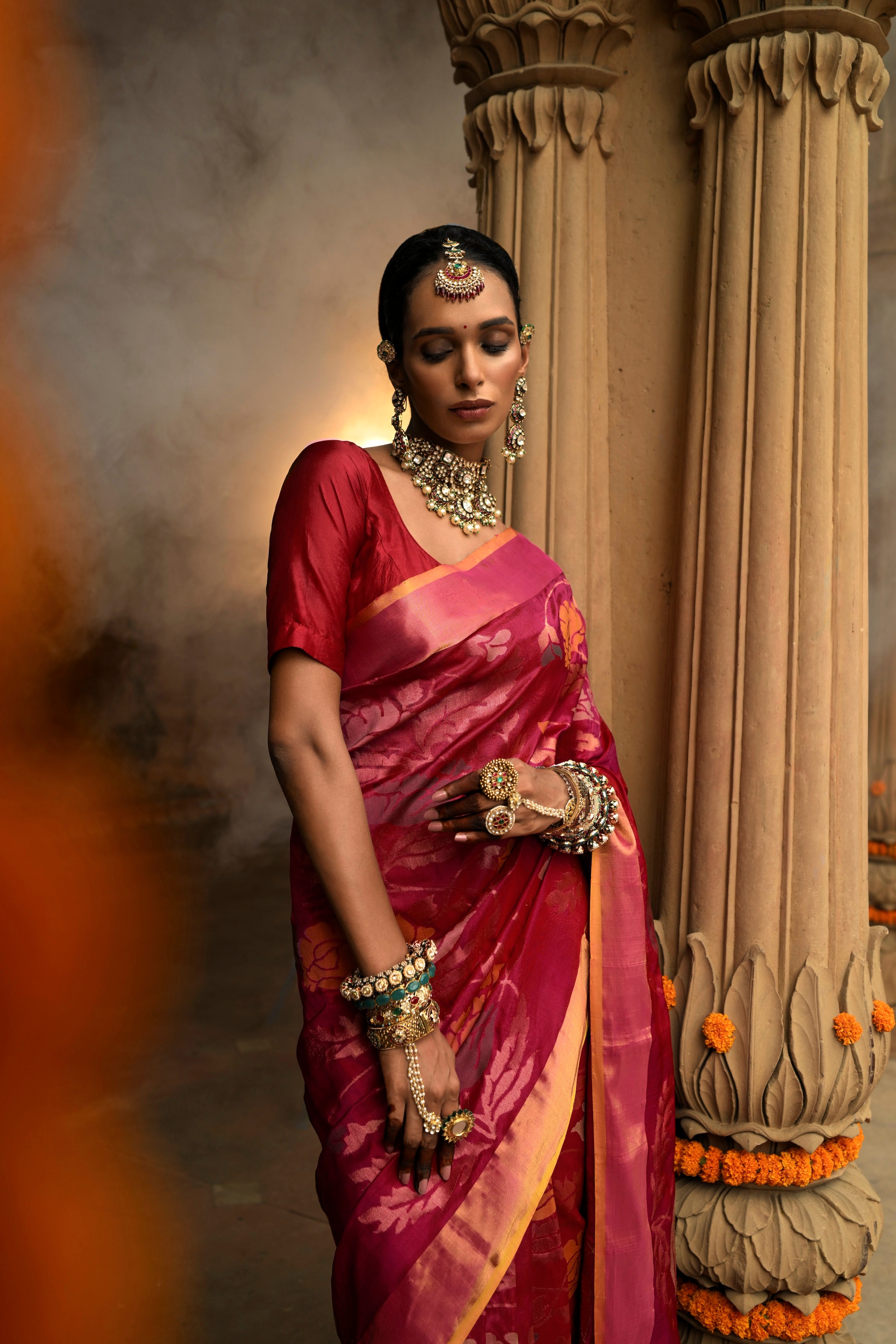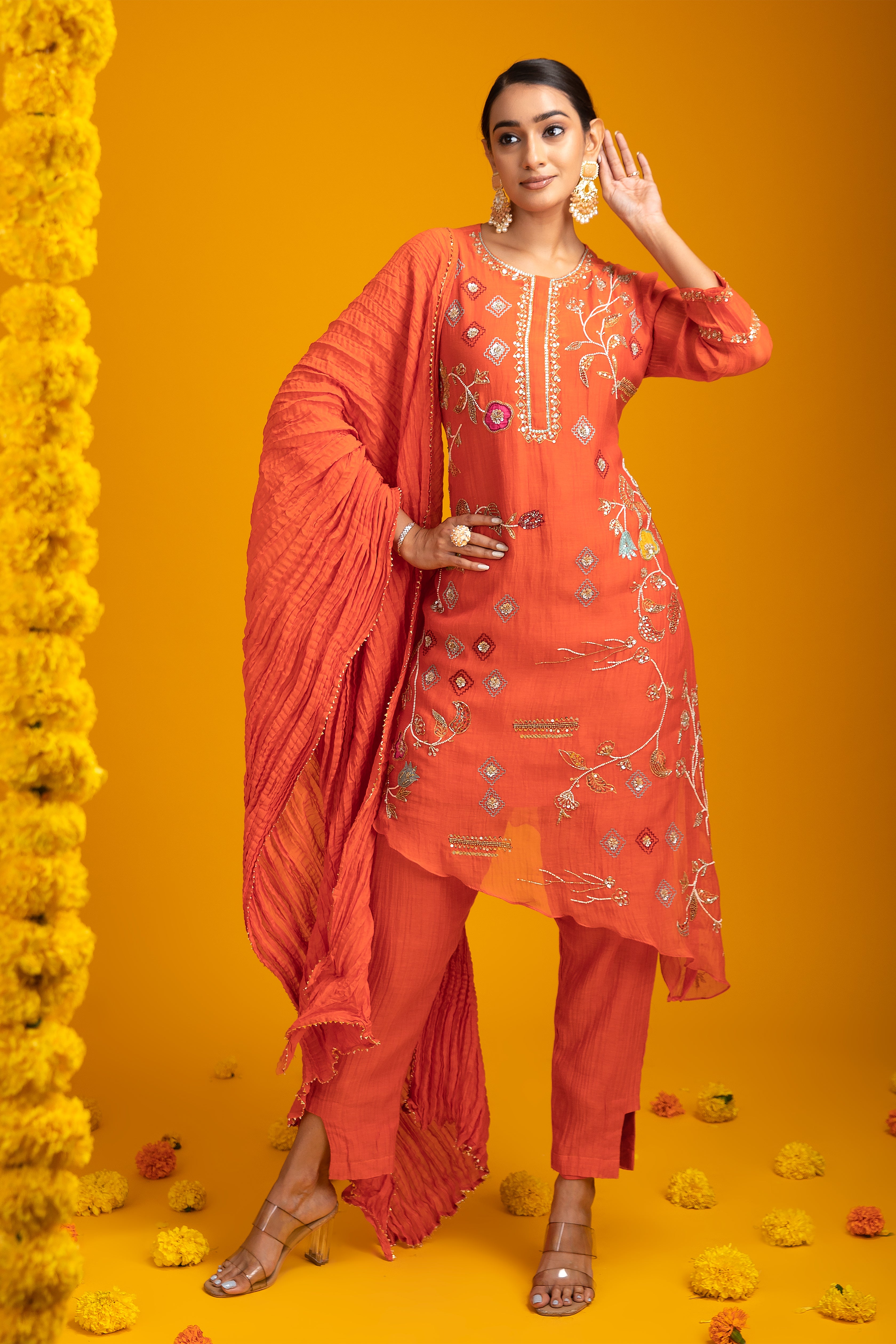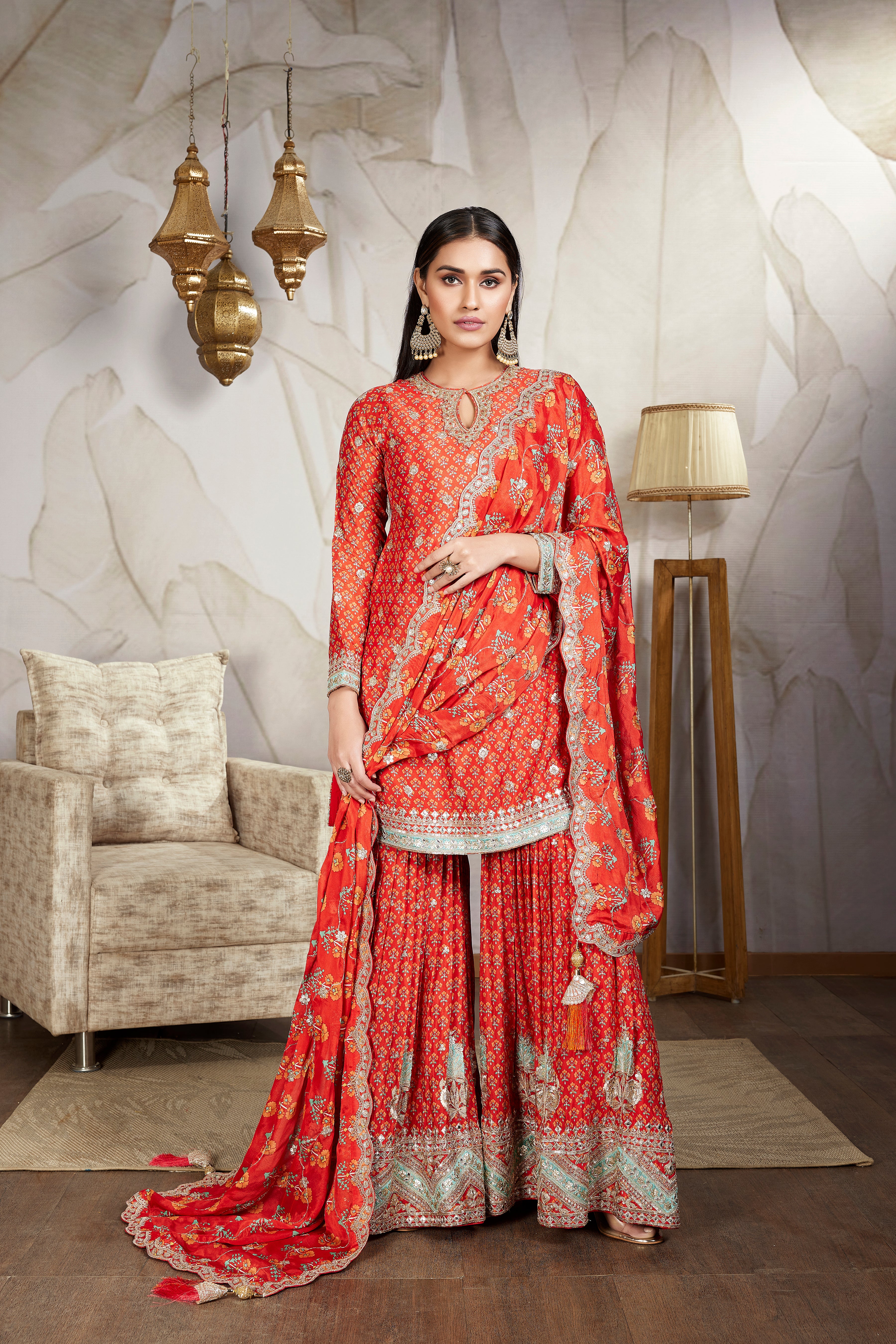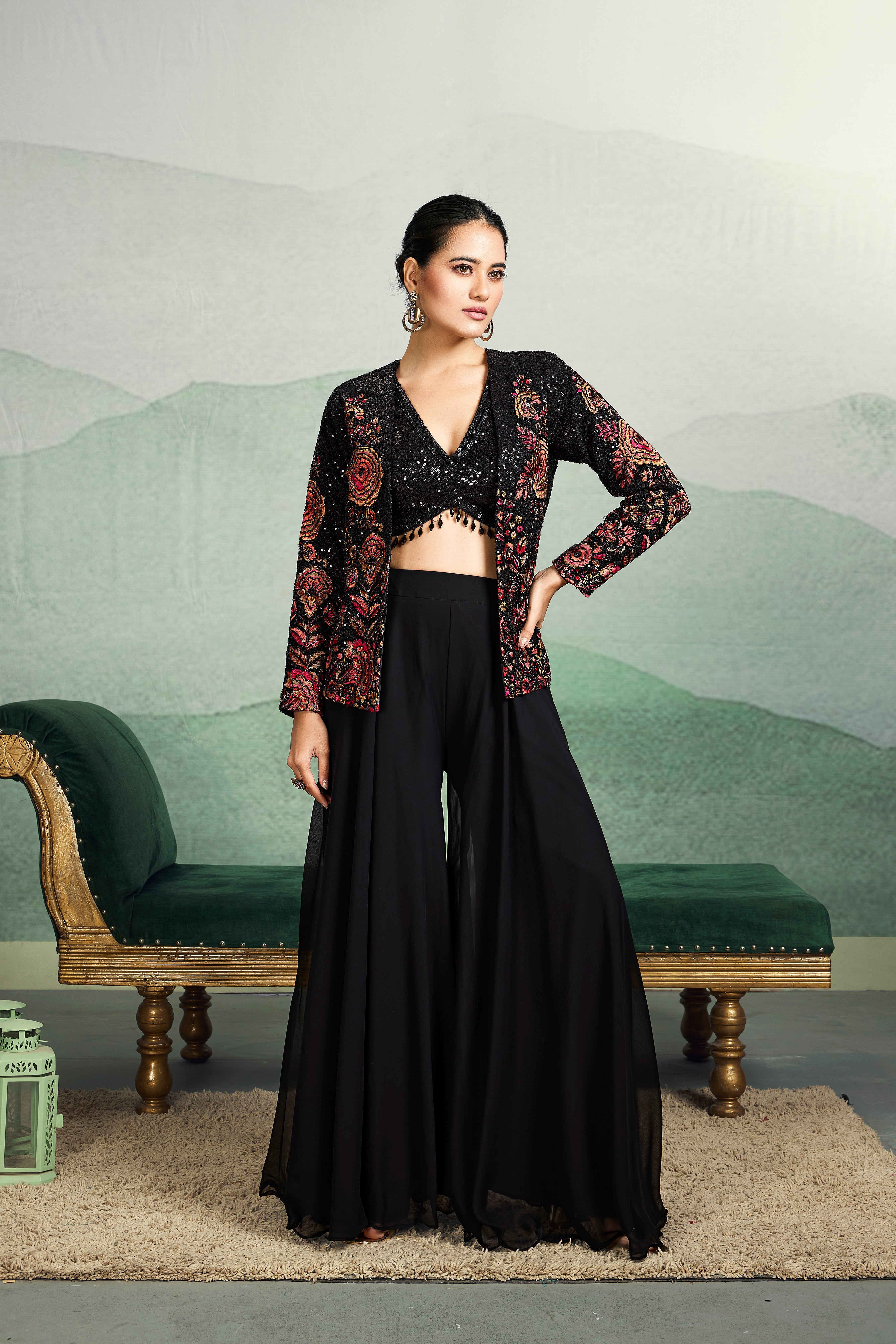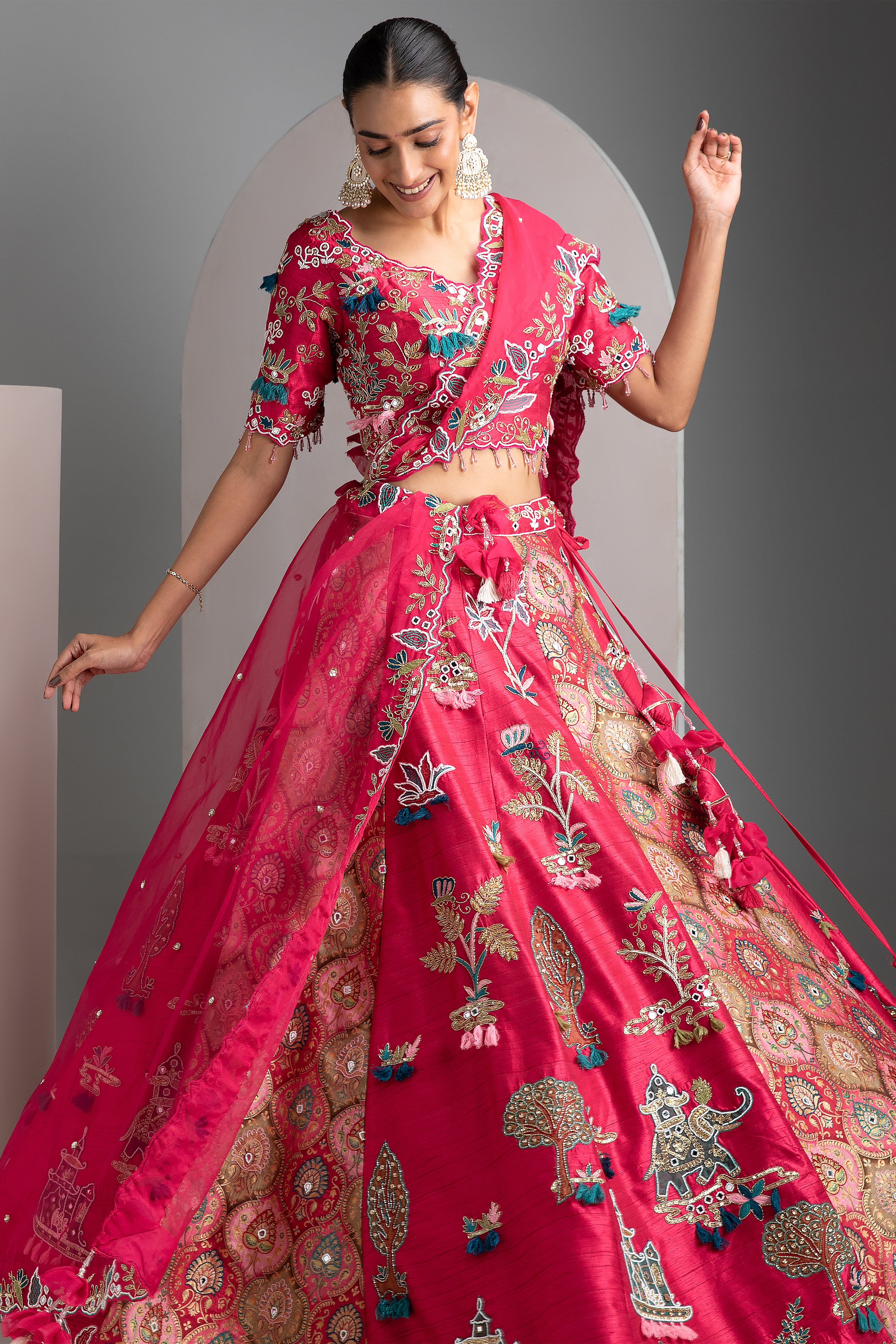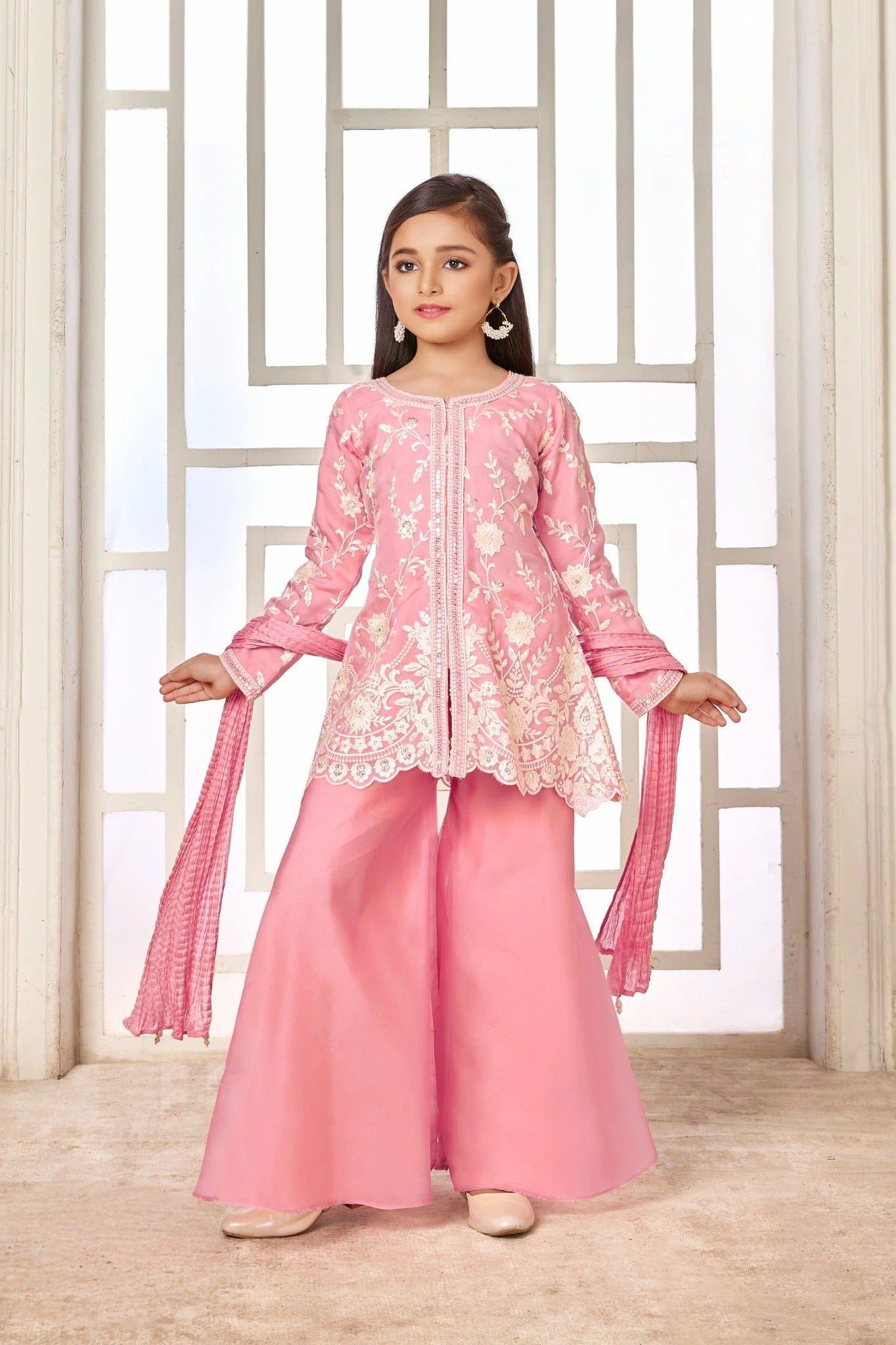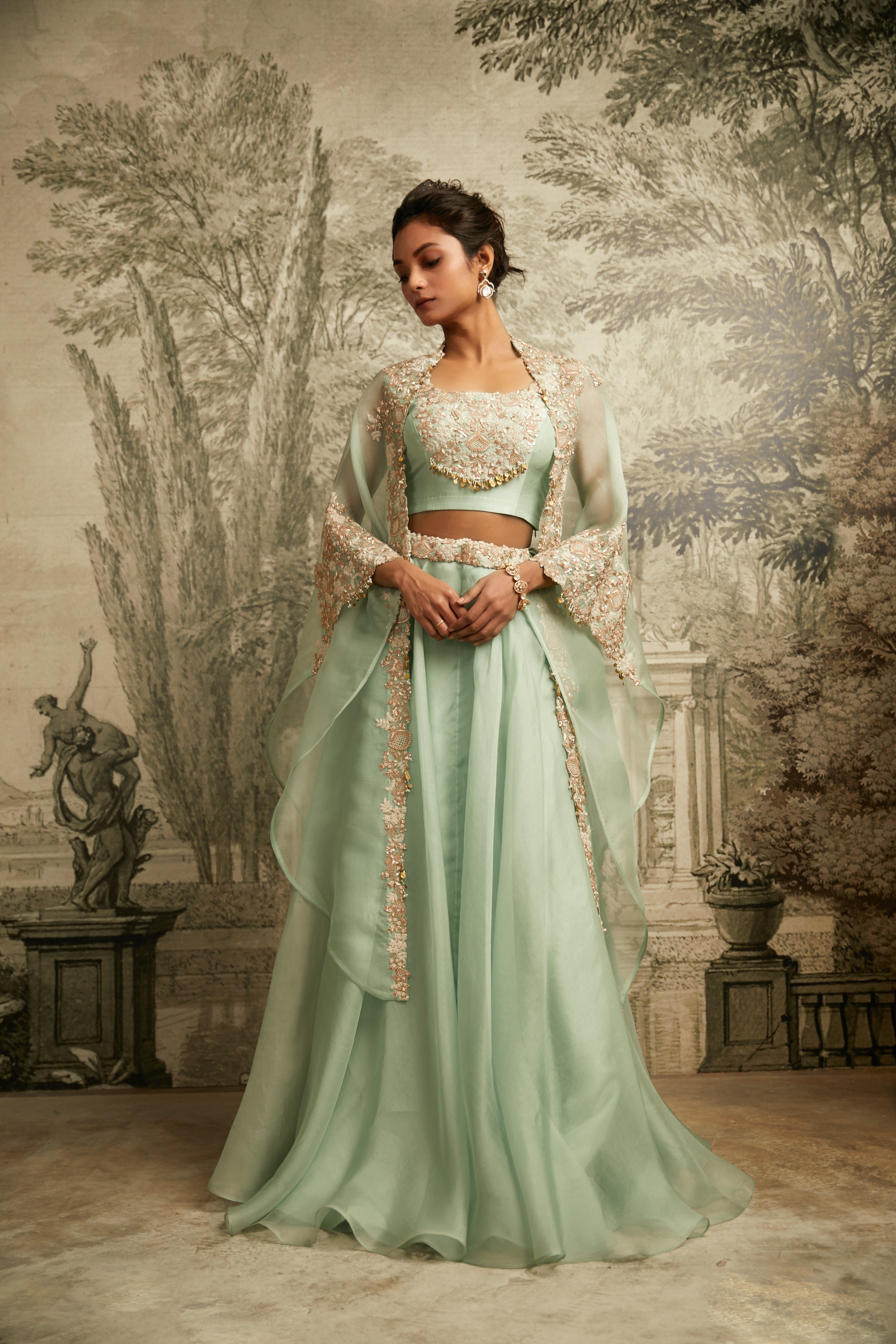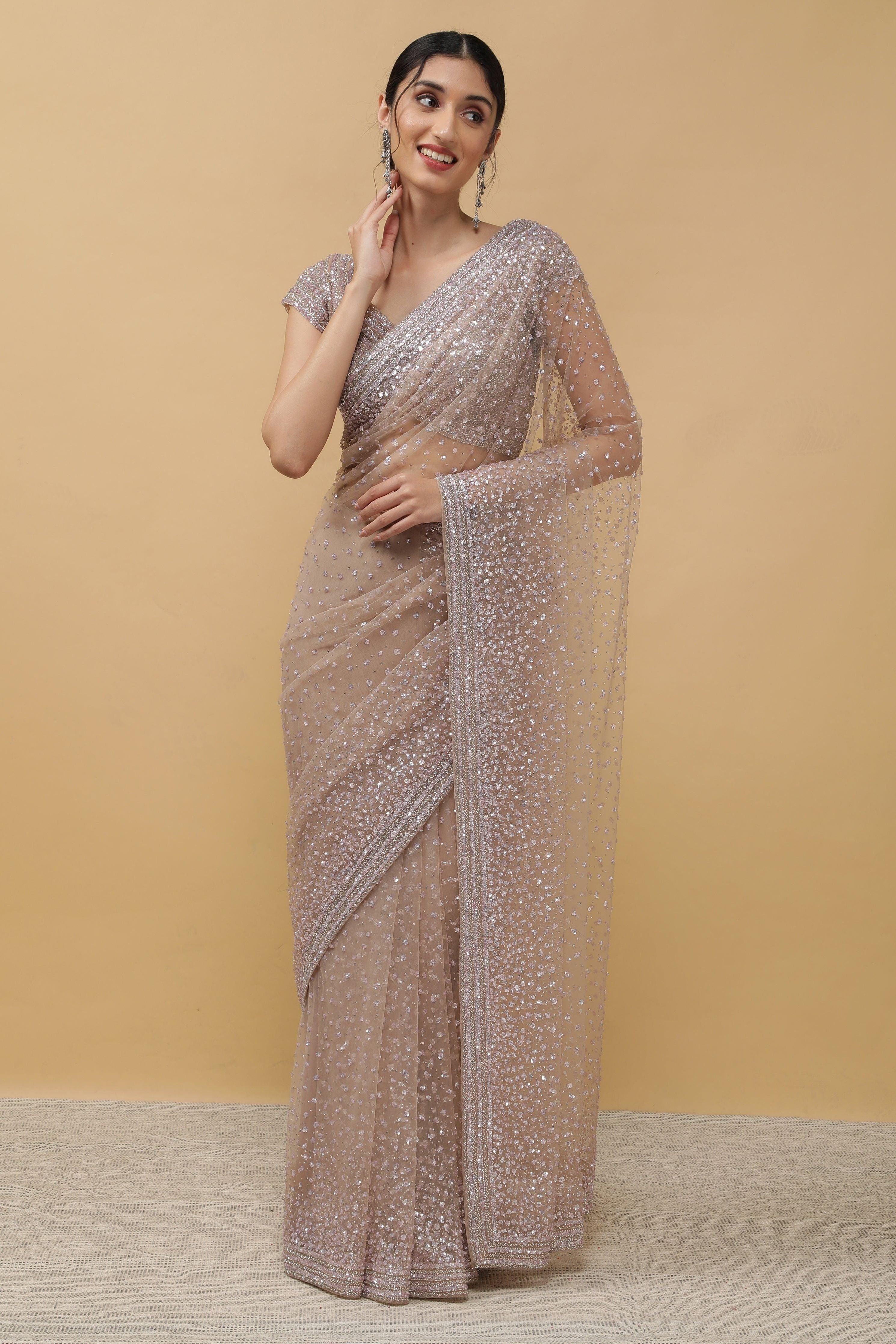In the vibrant tapestry of Indian fashion, the saree stands as a timeless and revered garment, captivating the hearts of women across generations. As the quintessential symbol of grace and sophistication, the choice of fabric plays a pivotal role in elevating the allure of this iconic drape. From the shimmering elegance of silk to the ethereal charm of organza, each fabric offers a unique canvas for self-expression. In this comprehensive guide, we'll delve into the world of Georgette, Organza, and Silk sarees, exploring their distinct characteristics, advantages, and styling tips to help you make an informed decision for your next sartorial masterpiece.
Georgette Sarees: The Epitome of Effortless Elegance
Georgette, a lightweight and semi-sheer fabric, has long been a favorite among saree enthusiasts. Characterized by its delicate, crêpe-like texture and subtle sheen, Georgette sarees exude a sense of effortless elegance. The fabric's inherent fluidity allows for graceful draping, making it a popular choice for formal occasions and festive celebrations.

Characteristics of Georgette Fabric
Georgette is a synthetic fabric, typically made from polyester or a blend of polyester and silk. Its unique weaving technique, which involves twisting the yarns in opposite directions, gives it a distinctive crinkled appearance and a soft, flowing hand-feel. This fabric is known for its breathability, making it a comfortable choice, especially in warmer climates.
Advantages of Georgette Sarees
Georgette sarees offer a range of benefits that make them a versatile choice. Their lightweight nature ensures a comfortable wear, while the semi-sheer quality creates a delicate and feminine silhouette. Georgette sarees also have a forgiving drape, which can help conceal minor figure flaws and create a flattering look. Additionally, the fabric's durability and easy-care properties make it a practical option for everyday wear.
Styling Tips for Georgette Sarees
When it comes to styling Georgette sarees, the key is to embrace the fabric's inherent fluidity. Opt for blouses with minimal embellishments to allow the saree to take center stage. Accessorize with delicate jewelry and a sleek hairstyle to complement the saree's ethereal charm. For a more formal look, pair the Georgette saree with a structured, tailored blouse, while a flowy, bohemian-inspired blouse can create a more casual, yet elegant, ensemble.
Organza Sarees: The Epitome of Ethereal Grace
Organza, a sheer and lightweight fabric, has long been a favorite among saree connoisseurs. Known for its delicate, almost translucent appearance, Organza sarees exude an aura of ethereal grace and sophistication.

Features of Organza Fabric
Organza is a woven fabric, typically made from silk or a silk-blend. Its intricate weaving technique, which involves tightly twisted and densely packed yarns, gives it a crisp, yet lightweight, hand-feel. Organza's sheer and airy nature makes it a popular choice for formal occasions, where the fabric's delicate nature can be showcased to perfection.
Benefits of Organza Sarees
Organza sarees are renowned for their ability to create a striking visual impact. The fabric's sheer quality allows for a glimpse of the wearer's skin, adding an alluring and ethereal touch to the overall look. Organza sarees also have a structured drape, which can help create a flattering silhouette and accentuate the wearer's features. Additionally, the fabric's inherent stiffness makes it a suitable choice for intricate embroidery and embellishments, further elevating the saree's elegance.
Caring for Organza Sarees
Organza sarees require gentle care to maintain their pristine condition. Hand-washing or dry-cleaning is recommended, as machine washing can potentially damage the delicate fabric. When storing Organza sarees, it's important to avoid folding or creasing the fabric, as this can lead to permanent wrinkles. Instead, consider hanging the saree or gently rolling it to preserve its shape and sheen.
Silk Sarees: The Epitome of Luxury and Timelessness
Silk, the queen of fabrics, has long been revered for its unparalleled elegance and timeless appeal. Silk sarees, with their lustrous sheen and sumptuous hand-feel, have become a symbol of luxury and sophistication in Indian fashion.

Types of Silk Used in Sarees
The world of silk sarees is vast and diverse, with various types of silk used to create these sartorial masterpieces. From the opulent Banarasi silk to the delicate Kanchipuram silk, each variety offers a unique aesthetic and set of characteristics that cater to different preferences and occasions.
Qualities of Silk Sarees
Silk sarees are renowned for their exceptional quality and durability. The natural fibers of silk provide a soft, smooth, and luxurious hand-feel that is unmatched by other fabrics. Silk sarees also have a natural sheen and luster, which adds to their visual appeal. Additionally, silk is a breathable fabric, making it a comfortable choice for warm weather and festive celebrations.
Occasions Suitable for Silk Sarees
Silk sarees are often reserved for special occasions, where their inherent elegance and grandeur can be fully showcased. These sarees are a popular choice for weddings, festivals, and other formal events, where the wearer seeks to make a lasting impression. The timeless appeal of silk sarees also makes them a cherished heirloom, passed down through generations as a symbol of cultural heritage and sartorial excellence.
Comparison of Fabrics: Georgette, Organza, and Silk
As you navigate the world of saree fabrics, it's essential to understand the nuances that set them apart. Let's explore the key differences between Georgette, Organza, and Silk sarees:
Georgette vs. Organza
While both Georgette and Organza are lightweight and sheer fabrics, they differ in their overall appearance and draping properties. Georgette has a more fluid and crêpe-like texture, while Organza is stiffer and more structured. Georgette sarees tend to have a softer, more relaxed drape, while Organza sarees create a more defined and structured silhouette.
Organza vs. Silk
Organza and Silk sarees share a certain level of elegance and sophistication, but they differ in their composition and visual appeal. Organza is a sheer, lightweight fabric, often used for its delicate and ethereal qualities, while Silk sarees are known for their luxurious hand-feel and natural sheen. Silk sarees are generally more formal and reserved for special occasions, while Organza sarees can be worn for a wider range of events.
Silk vs. Georgette
Silk and Georgette sarees offer distinct advantages and cater to different preferences. Silk sarees are prized for their timeless elegance and unparalleled luxury, while Georgette sarees are known for their effortless charm and versatility. Silk sarees are often associated with formal and traditional events, while Georgette sarees can be worn for a broader range of occasions, from casual to formal.
Tissue Sarees: A Brief Mention
In the realm of saree fabrics, it's worth noting the unique charm of Tissue sarees. Tissue sarees are characterized by their sheer, lightweight, and almost translucent quality, creating a delicate and ethereal appearance. These sarees are often adorned with intricate embroidery or metallic accents, adding to their visual appeal. Tissue sarees are typically reserved for special occasions, where their delicate nature can be showcased to perfection.

Conclusion
As you embark on your sartorial journey, understanding the nuances of Georgette, Organza, and Silk sarees can be a game-changer. Each fabric offers a distinct aesthetic and set of advantages, allowing you to choose the perfect saree that aligns with your personal style and the occasion at hand. Whether you're drawn to the effortless elegance of Georgette, the ethereal grace of Organza, or the timeless luxury of Silk, this guide has provided you with the knowledge to make an informed decision. Embrace the fabric that speaks to your soul and let it elevate your saree-wearing experience to new heights of sartorial splendor.

